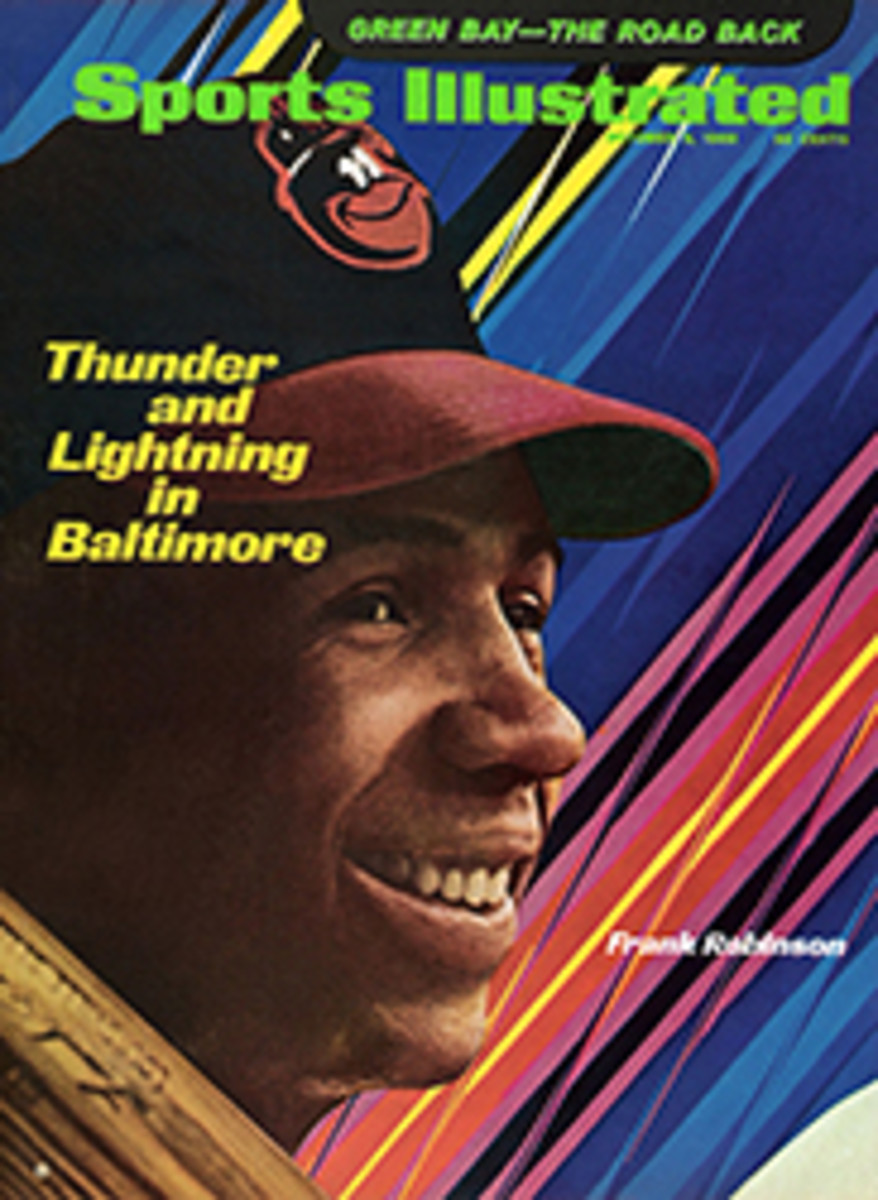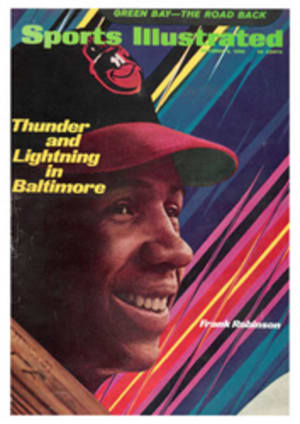
LETTER FROM THE PUBLISHER
Lew Alcindor is only 22, but already SPORTS ILLUSTRATED has paid an uncommon amount of attention to him, chronicling in detail his ups and downs from his first freshman game at UCLA through the loss to Houston in the Astrodome to the Bruins' third straight national championship last March He was on our cover five times in his three-year varsity career. When he was only 15 he was the subject of a SCORECARD item and at 16 he became one of our FACES IN THE CROWD after he averaged 26 points a game as a junior at New York City's Power Memorial Academy. In 1966 he appeared one-sixth life size on the gatefold cover of our Basketball Issue.
Now Alcindor is a pro, and we would not have wanted to miss his debut with the Milwaukee Bucks, the team that signed him at some expense. That debut, against Connie Hawkins and the Phoenix Suns, came last weekend in Milwaukee Arena, and Tex Maule, taking a brief detour from the pro football highway, was there to see how Lew handled himself against the burly, pushy players of the National Basketball Association (page 26).
His impact on the pros already has been notable. When he played in a Buck intrasquad game, it drew 10,482 fans. He was invited with Oscar Robertson and other NBA stars to play in the Maurice Stokes benefit game in the Catskills. His presence is mostly responsible for raising Milwaukee's season-ticket sales far above last year and he is certain to attract big crowds all over the league.
SI intends to cover Lew the pro as completely as it covered Lew the collegian, and this week's story is the beginning. In the Oct. 27 issue we will start an exclusive three-part series on his life, written by Lew himself with Senior Editor Jack Olsen. In the series Alcindor, who over the years has always been closemouthed with the press, now talks candidly about race, religion and recruiting, about UCLA and Coach John Wooden and Elvin Hayes.
Olsen, who had more than 20 hours of interviews with Alcindor, had never met him before and had no preconceived notion of what he was like. Alcindor, contrarily, had a strong feeling that Olsen was the man to help with his story—a feeling generated by Lew's approval of Olsen's Black Athlete series, published by SI in the summer of 1968.
"At first he was a little distant, but in a little while I think he felt right at home with my wife and me," said Jack.
"He turned out to be highly intelligent, very sensitive and—though he would deny it—very scarred by his experiences as a black man, yet open and friendly with any white man who is friendly with him.
"So many black athletes in the money won't talk on the record about some of the things that have been done to them. I think Lew is going to lay it on the line until the day he dies."
He lays it on the line in SI starting in the Oct. 27 issue.
PHOTO
BIG LEW AS A HIGH SCHOOL HERO

